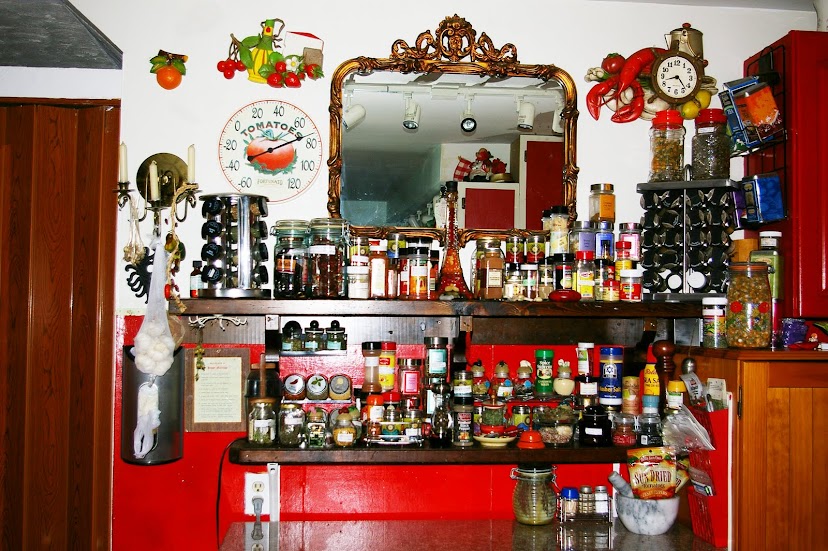Did you know that carob, is a sweet, almost candy-like food that is more commonplace than you might think? According to chocolate purists, carob holds no candle to chocolate, but it is nonetheless often used in its place, due to a subtle flavor reminiscent of chocolate. Many never know the difference.
Carob is the pulp harvested from the pods of the tropical carob tree. The pulp is edible directly off the tree, but for retail use, it is often roasted and then ground into a carob powder, and then used extensively to flavor a variety of goods, the majority being candy and some baked goods.
Carob is also healthier than chocolate, and so can often be found in health food stores and supermarkets that sell a large selection of healthy goods.
Carob can be purchased in both a fresh or dried form, in bars or in pieces, and is often packaged as a snack. It also makes an appearance in many varieties of trail mix and acts as a nice sweetener to health bars and other nutritious snack products. You can also purchase carob chips for use in baking.
Carob's role is not limited to human consumption. Both the carob portion of the carob tree pods and the seeds, which are normally inedible to humans, serve as healthy feed for livestock, and carob is also used to make sweet treats for dogs, since it tastes vaguely similar to chocolate but has no adverse affects on canines as chocolate does.
The seeds of the carob pods are also utilized in a variety of ways, most notably in cosmetics. Carob can also be used as a thickening agent for various purposes, such as making paper, or, as in ancient Egypt, as an adhesive to bind mummies.
Chances are you've eaten carob or snacks and other foods containing carob several times, perhaps hundreds, in your lifetime, as it is also used to sweeten icing, cakes and cookies, and other candy which uses carob rather than chocolate in an effort to provide healthier alternatives to sugary, fattening candy.
Carob is the pulp harvested from the pods of the tropical carob tree. The pulp is edible directly off the tree, but for retail use, it is often roasted and then ground into a carob powder, and then used extensively to flavor a variety of goods, the majority being candy and some baked goods.
Carob is also healthier than chocolate, and so can often be found in health food stores and supermarkets that sell a large selection of healthy goods.
Carob can be purchased in both a fresh or dried form, in bars or in pieces, and is often packaged as a snack. It also makes an appearance in many varieties of trail mix and acts as a nice sweetener to health bars and other nutritious snack products. You can also purchase carob chips for use in baking.
Carob's role is not limited to human consumption. Both the carob portion of the carob tree pods and the seeds, which are normally inedible to humans, serve as healthy feed for livestock, and carob is also used to make sweet treats for dogs, since it tastes vaguely similar to chocolate but has no adverse affects on canines as chocolate does.
The seeds of the carob pods are also utilized in a variety of ways, most notably in cosmetics. Carob can also be used as a thickening agent for various purposes, such as making paper, or, as in ancient Egypt, as an adhesive to bind mummies.
Chances are you've eaten carob or snacks and other foods containing carob several times, perhaps hundreds, in your lifetime, as it is also used to sweeten icing, cakes and cookies, and other candy which uses carob rather than chocolate in an effort to provide healthier alternatives to sugary, fattening candy.
God Bless!
Simone :)
Copyright@SimoneBonda
Disclaimer - The herbal information on this web site is intended for educational purposes only. It is not the intention of the editor to advise on health care. Please see a medical professional about any health concerns you have. Disclaimer - These statements have not been evaluated by the FDA. The information on this web site is not intended to prevent, diagnose, treat, or cure any disease.

No comments:
Post a Comment